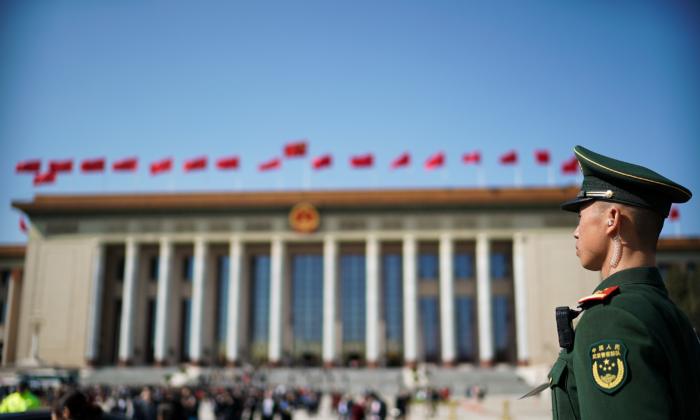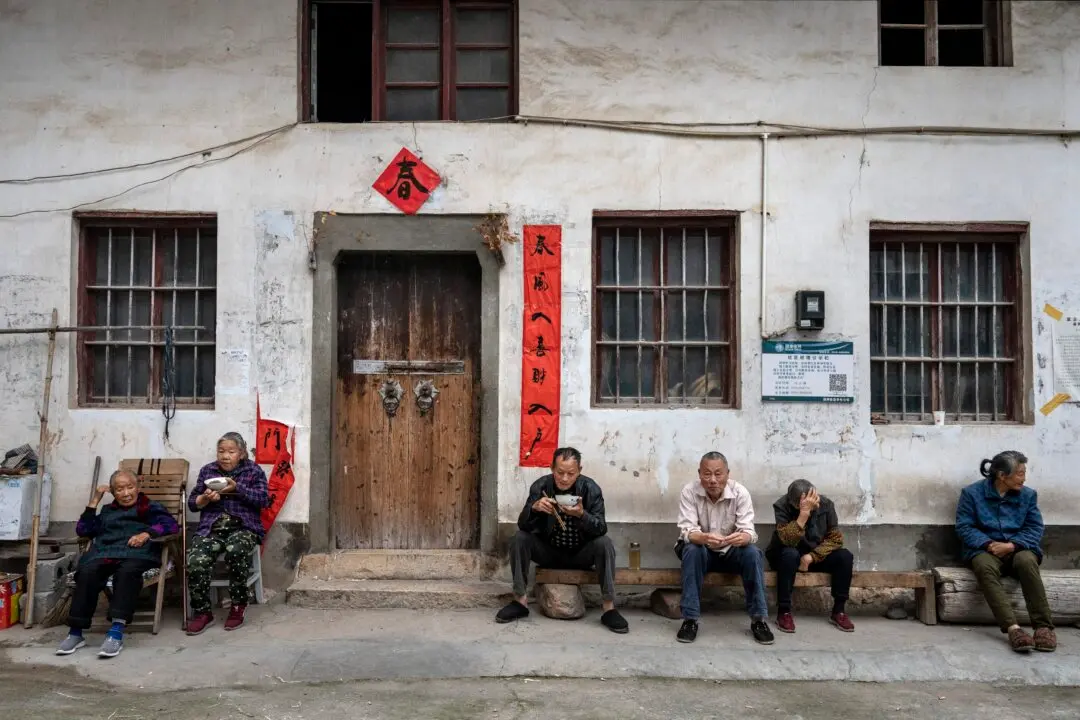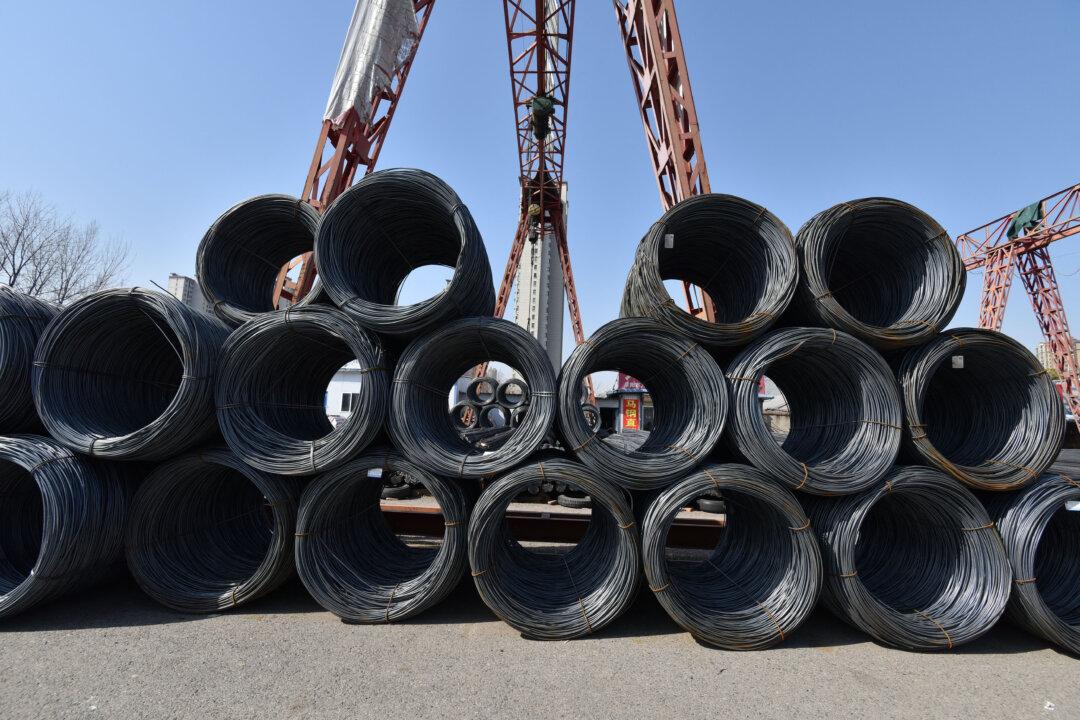The Chinese economy is slowing. Whether we accept the official data that China will “slow” to 5 percent growth in 2023 or look to unofficial data about the state of affairs, all agree the Chinese economy is hurting.
According to textbook economics, when an economy slows, the government steps in and elevates public spending to boost activity and reduce the severity of the slowdown. With so many obvious pressures, why is Beijing refusing to put forth a stimulus package?
Even though the official gross domestic product (GDP) growth rate still tops 5 percent, few believe it, and it does not seem to capture the struggles of firms and individuals. Youth unemployment above 20 percent became such a political issue that officials stopped publishing the data. Fixed asset growth, a key indicator in an investment-heavy economy, reported year-over-year growth in July of only 3.4 percent. Imports, a key sign of health in an expanding economy, shrunk in the first half of 2023 by 6.7 percent. Investment in real estate, which with linked industries accounts for roughly 30 percent of the Chinese economy, is down 8.5 percent through the first half of the year. Even if we believe the official growth numbers, there is lots of real pain.
Chinese economists have openly suggested government and household stimulus to combat the downturn. Wall Street expected all year some splashy outlay to boost growth. Most China watchers in Washington think tanks have been arguing for boosting household consumption with a government-led stimulus. The chorus became so constant that Beijing specifically ruled out household stimulus spending, using the example of how little would be achieved if each citizen received 1,000 yuan from the government.
Open almost any undergraduate economic textbook, and it will prescribe increasing government spending during a recession or material slowdown to boost economic activity. It is taken as an almost religious cannon that the government should borrow to stimulate economic activity during a downturn.
So why is Beijing refusing to stimulate during its most serious downturn in years?
There are likely multiple reasons Beijing is reluctant to engage in some significant stimulus. First, as the official statement shooting down household stimulus hopes noted, Beijing policymakers see a minimal return on investment. Using the official example, if everyone received 1,000 yuan, we assumed that every yuan was spent before the end of the year; this would likely add around 1 percent to GDP and boost retail sales by about 3 percent. More realistically, especially given the high level of household indebtedness, a significant amount would be saved or used to pay down debt, significantly lowering any boost to consumption activity. Beijing does not see this as a good return on investment.

Second, calls for stimulus or government-assisted household consumption typically represent a cyclical problem, whereas, in China, it is a structural problem. Commentators calling for household stimulus correctly point out that Chinese household consumption only accounts for about 40 percent of GDP, whereas this number approaches 80 percent in the United States. Many conclude that the solution is to boost Chinese household consumption as a percentage of GDP well above 40 percent, starting with government stimulus. This makes the error of assuming this is an accident of history rather than the design of the Chinese Communist Party (CCP) to suppress household well-being in favor of the state and state-owned enterprises. The entire Chinese economic model depends on the suppression of household consumption to fund state and CCP interests.
CCP policymakers compound this error by equating robust household sectors, which need transitory assistance or boosting, to the complete foundational reform needed to recalibrate the imbalances in the Chinese economy. A one-off boost to Chinese households will have minimal impact on the Chinese economy or address the enormous imbalances that need to be addressed. Stimulus in other countries is used as a transitory measure, whereas change in China requires reforming the foundational structures. Commentators who advocate for household consumption boosting measures fail to grasp they are advocating not for a simple stimulus boost to buy household goods but for structural change of the CCP and the Chinese economic model, which will not happen.
Third, CCP policymakers do not prioritize households and individual well-being. This lays out an entirely different set of priorities about how an economy should be boosted if any stimulus does arrive. Since the global financial crisis in 2008, the CCP has consciously prioritized boosting investment through state-owned enterprise bank lending with state-owned and linked enterprises prioritizing boosting heavy industry and infrastructure projects. The entire problem of commentators advocating household stimulus was created very consciously by channeling capital and resources to state-favored institutions. Whether it is the self-reliance push in technology or the rickety state-linked sectors from banking to development and metals that depend on state support to stay solvent, Beijing depends on these firms for employment and stability as much as they depend on Beijing.
So what will Beijing do?
Beijing sees the economic malaise throughout China. But if stimulus comes, expect to see more of the infrastructure, self-reliance, and lavish spending we have seen before—not the change of model so many expect. With lending going overwhelmingly to state-linked firms, private enterprises and households simply are not a priority for Beijing.
By protecting state-owned firms and local government projects, Beijing can demonstrate stability and progress. Splashing money on individuals removes their ability to control what will happen, how money will be spent, or direct the priorities of the state. That is simply a bridge to nowhere for the CCP.







